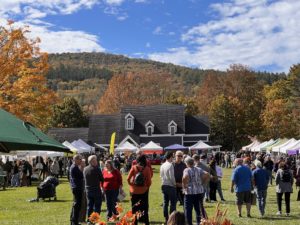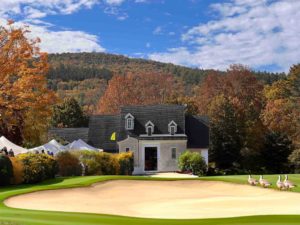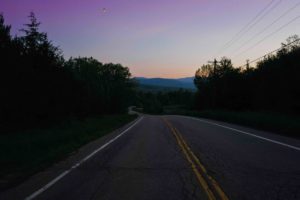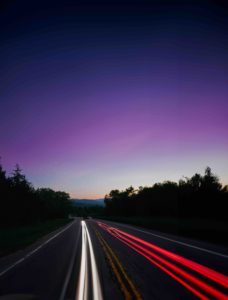In 2023, the world of photography underwent a monumental shift, one that is being touted as the biggest evolution since the advent of digital photography at least by me. The cause of this seismic shift? Adobe’s new release: Photoshop Generative. It’s truly mind-blowing and here I was thinking Adobe was dead in the water with Midjourney and other AI apps taking over. As an artist, this is fun, as a citizen of the world it’s concerning.
What is Photoshop Generative?
For the uninitiated, Photoshop Generative is a profound integration of artificial intelligence (AI) and Adobe’s premier image editing software, Photoshop. It allows users to create, manipulate, and enhance images in ways that were previously unimaginable. Leveraging the power of Generative AI, Photoshop Generative is capable of creating realistic components and elements within a photograph that were not originally present, blending them seamlessly into the composition. Or taking components out like telephone wires in seconds. The phrase “Photoshop it” is heard on every shoot I’ve ever been on and I’ve been on more than 500, but this is way different. This is magic.
The Photoshop Generative Revolution
This new tool will change not only how images are created and manipulated, but it will fundamentally alter the definition of photography. Traditionally, photography has been a medium for capturing reality. It was a way to freeze a moment in time, to preserve a scene as it existed in the real world. With filters and apps, it’s not capital R.


However, with Photoshop Generative, the line between the real and the created is blurred. Each photograph is now potentially a blend of real and AI-generated elements, and the distinction between them is almost impossible to determine.
Half Real, Half Imagined
Each image created or manipulated by Photoshop Generative is, in essence, only half real. This doesn’t mean that the software diminishes the reality or authenticity of the images. Instead, it amplifies the potential for creativity, pushing the boundaries of imagination.
The photographer now has an expanded toolbox to share their unique perspective and creativity. They can create a surreal landscape, add dramatic weather effects, or generate a bustling crowd in an otherwise quiet street, all while maintaining a realistic appearance. This technology is enabling photographers to reach beyond the constraints of the real world and venture into a realm of unlimited possibilities. Below you’ll see a photo I shot by Crofter’s Green. I enlarged the photo, removed the electric wires, selected the road, and added brakes and headlights added. Three steps, each took about 15 seconds.


Ethical Considerations
While this innovation opens up new horizons, it also ushers in ethical considerations. As the boundary between reality and AI-generated content blurs, issues of authenticity and credibility rise. How will photojournalism be impacted when it’s hard to distinguish what’s real from what’s AI-generated? While this is not a new dilemma (manipulated images have existed since photography’s inception), the scale and accessibility of this technology bring these questions into sharper focus. Fashion and politics blur the lines. Do you want a larger crowd at your candidate’s campaign stop? You can do it in seconds, and upload it in near real-time. This is something Photoshop was always capable of but ramp it up by a factor of 20 and that’s what this is.
Adobe and other tech companies are challenged to consider these implications and implement guidelines and tools to ensure ethical usage. Watermarking AI-generated elements and maintaining image integrity metadata are just a couple of potential solutions. The race to be first to the new AI tech seems to be figuring out the guidelines later or ignoring it until they are forced to.
The Future of Photography
The introduction of Photoshop Generative represents an evolutionary leap in the world of photography. It’s not just a software update; it’s a fundamental shift in how we perceive, create, and interpret images. With this tool, every photographer is also a digital artist, and every image is a blend of reality and imagination.
It encourages photographers to become pioneers in a new era of digital artistry, where the canvas of reality can be stretched beyond its natural boundaries. Welcome to a new era of photography where every image is only half real. But remember, “reality” is subjective.

Christopher lives in Vermont with his wife, twin boys, border collie and corgi. He has owned a film production company, sold slot machines, and worked for Tony Robbins. He writes in his magical tiny house and sometimes writes in his blog at chrisrodgers.blog
Visit his author’s page.